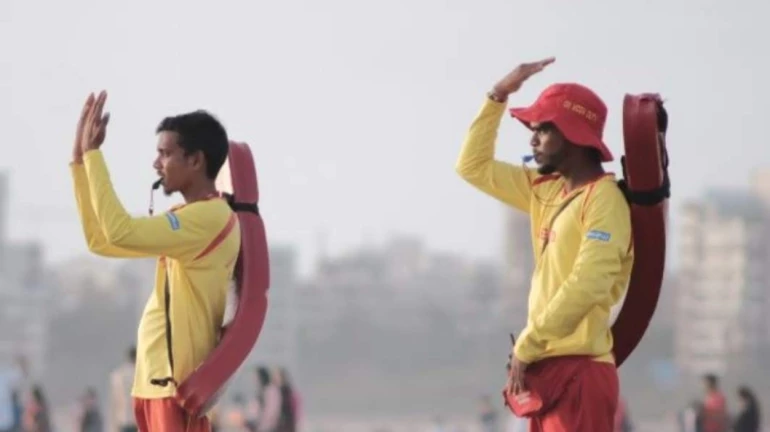
In a move aimed at boosting coastal safety, the Brihanmumbai Municipal Corporation (BMC) has issued a tender to appoint a private agency for managing lifeguard services under the Mumbai Fire Brigade (MFB) for the next three years. The decision comes alongside a plan to increase the number of lifeguards from the existing 93 to 137, reflecting the steady rise in visitors to the city’s beaches.
Mumbai, surrounded on three sides by the Arabian Sea, has a coastline stretching 149 kilometres. Based on studies of crowd density, sea currents, and coastal terrain, the MFB has classified six beaches as high-risk for drowning incidents. These include Girgaon and Dadar in the city limits, and Juhu, Versova, Aksa, and Gorai in the suburbs. Each of these locations attracts lakhs of tourists annually, particularly during the monsoon, when visitors are drawn to the sight of high waves and often venture dangerously close to turbulent waters.
Until now, BMC has deployed 93 lifeguards through a private agency to patrol the coastline year-round. Alongside this, a standby team of 11 civic personnel has been on alert, stepping in during major emergencies. However, officials have acknowledged that this arrangement no longer matches the growing demands. A senior fire brigade representative highlighted that an increasing number of youngsters ignore warning signs and enter rough seas, escalating the risks. It was stated that lifeguard strength has been insufficient, and expanding the team is expected to improve response times and reduce stress on existing staff.
The upcoming contract, set to run from 2025 to 2028, will require the agency to provide 137 trained lifeguards. These personnel will operate in two shifts to ensure round-the-clock vigilance across Mumbai’s beaches. To support them, additional equipment such as seven jet skis, floating stretchers, lifebuoys, rescue boats, tubes, and ropes will also be deployed.
In parallel, BMC has moved to modernise its rescue capabilities. A tender has been floated to procure six robotic life-saving buoys, which are expected to aid in faster and safer rescues during drowning incidents. Despite these measures, civic officials admitted that ideal coverage remains a challenge. While safety guidelines suggest one lifeguard every 100 metres, large portions of the city’s coastline continue to remain unmonitored for long stretches, raising persistent concerns.
The lifeguard expansion and procurement of advanced rescue tools have been framed as part of BMC’s broader push to enhance public safety at beaches. With tourist numbers rising steadily, particularly during monsoon months, these steps are being positioned as essential to minimise drowning risks and provide timely assistance to those in distress.





